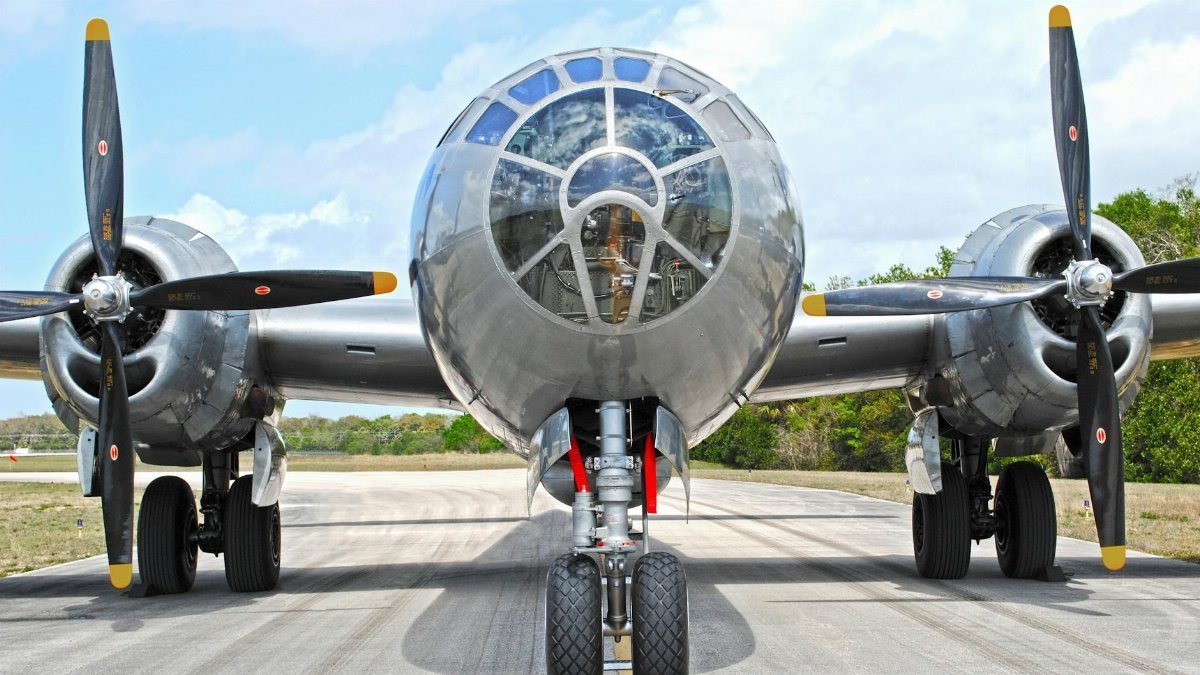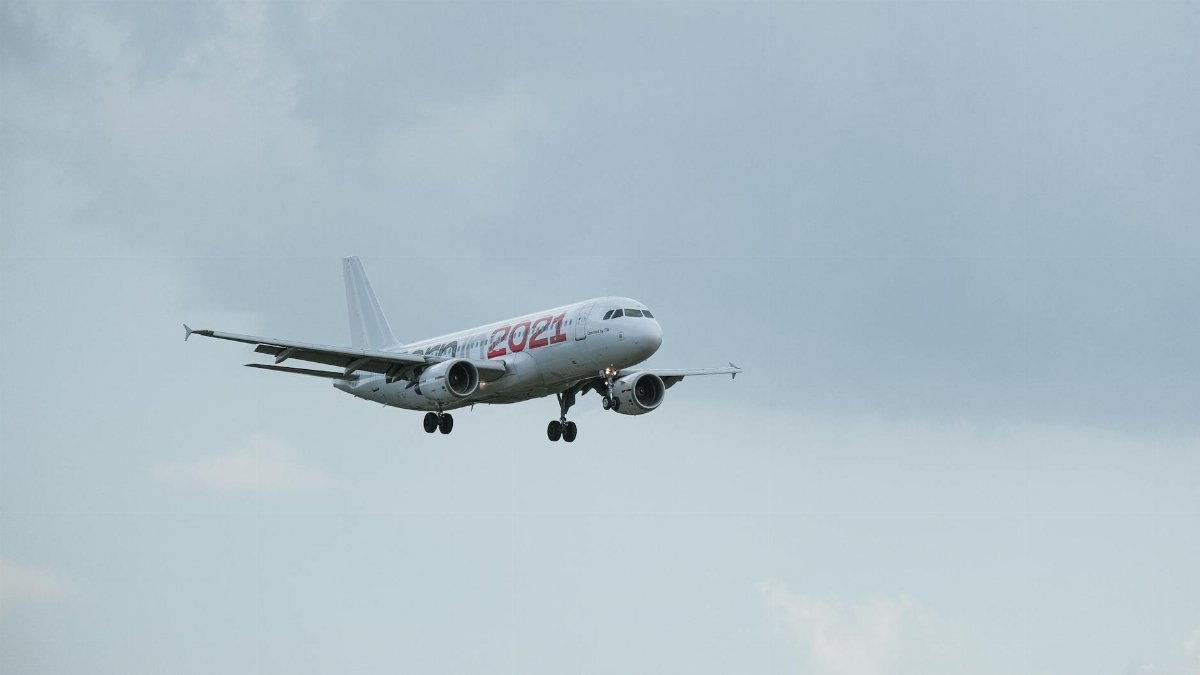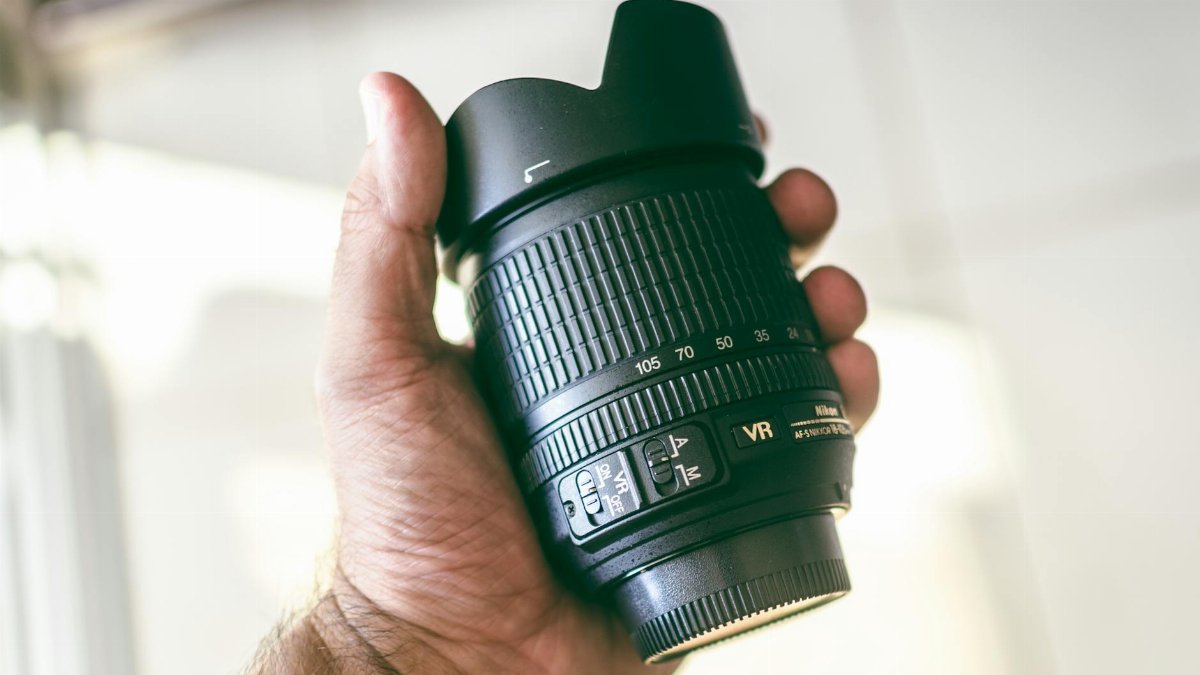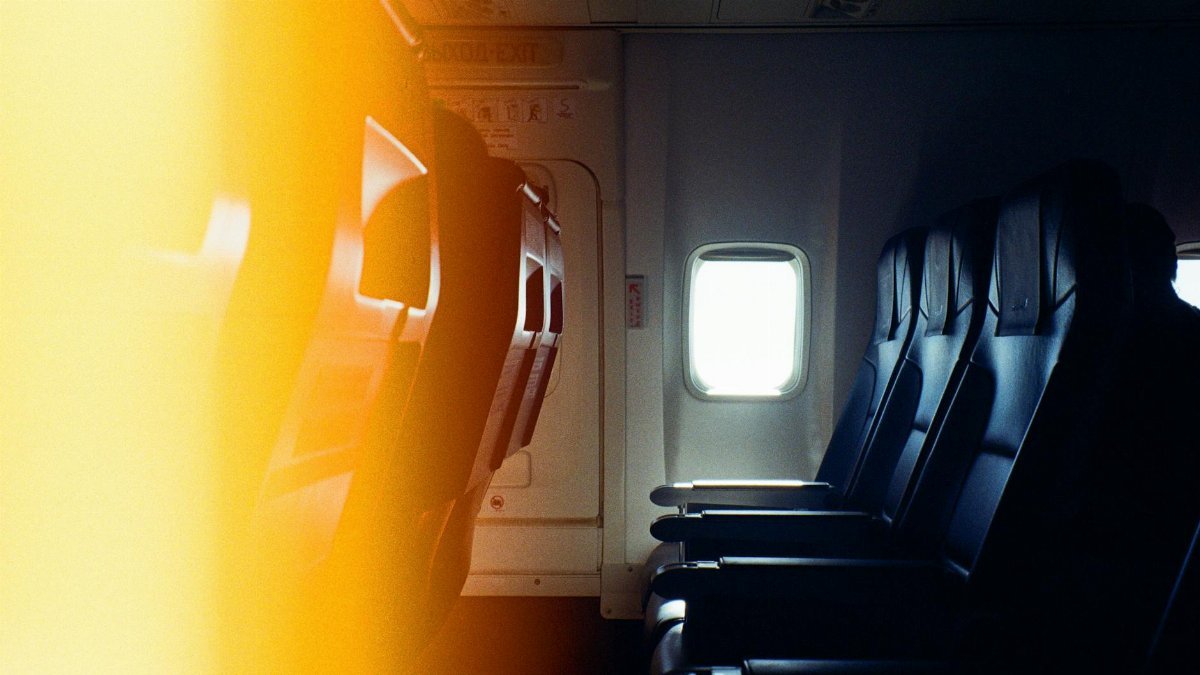Is vagus plane stretch the secret to staying calm on a packed flight? This simple tilt-and-nod movement, designed to stimulate the vagus nerve, is gaining traction among travelers in 2025. With airline seats shrinking and stress levels soaring, more people are turning to quick, seated stretches to ease tension mid-air. The vagus plane stretch, tailored for tight spaces, promises to lower anxiety without drawing attention. Here’s why it’s catching on and how you can try it next time you’re stuck at 30,000 feet.
What Is Vagus Plane Stretch?

This discreet movement focuses on the vagus nerve, a key player in regulating stress and heart rate. It involves a gentle head tilt and slow nod, doable even in a cramped middle seat. The goal? Calm the nervous system without needing to stand or stretch awkwardly in the aisle. Travelers report feeling more relaxed after just a few minutes of this subtle practice.
Why It Works for Flyers

Flying often spikes stress—think tight spaces, turbulence, and delays. Stimulating the vagus nerve can counter that by triggering the body’s relaxation response. Studies from institutions like Harvard Medical School highlight the nerve’s role in reducing anxiety ( Harvard Health ). For passengers, this means a quick way to reset without much effort or space.
How to Do It Mid-Flight

Sit upright with feet flat on the floor. Tilt your head slightly to one side, as if listening closely, then slowly nod forward and back for 30 seconds. Keep movements small to avoid stares. Repeat on the other side. Breathe deeply through your nose. That’s it—vagus plane stretch done. Practice it during takeoff or when turbulence hits for maximum effect.
Benefits Beyond Calm

Besides easing nerves, this stretch may improve digestion—a bonus when airplane food sits heavy. Research from the National Institutes of Health shows vagus nerve activation aids gut health ( NIH Study ). It can also combat neck stiffness from long hours seated, a common complaint on cross-country flights.
Who Should Try It?

Anyone prone to travel anxiety or physical discomfort on planes is a good candidate. It’s especially handy for those avoiding medication or needing a non-disruptive solution. However, if you have neck injuries or medical conditions, check with a doctor first. The last thing you want is to worsen an issue mid-flight.
When It’s Most Effective

Timing matters. Use the vagus plane stretch during high-stress moments like boarding, delays, or rough air. Regular flyers suggest pairing it with noise-canceling headphones for a double dose of calm. It’s not a cure-all, but it’s a practical tool for managing the grind of air travel in 2025.
